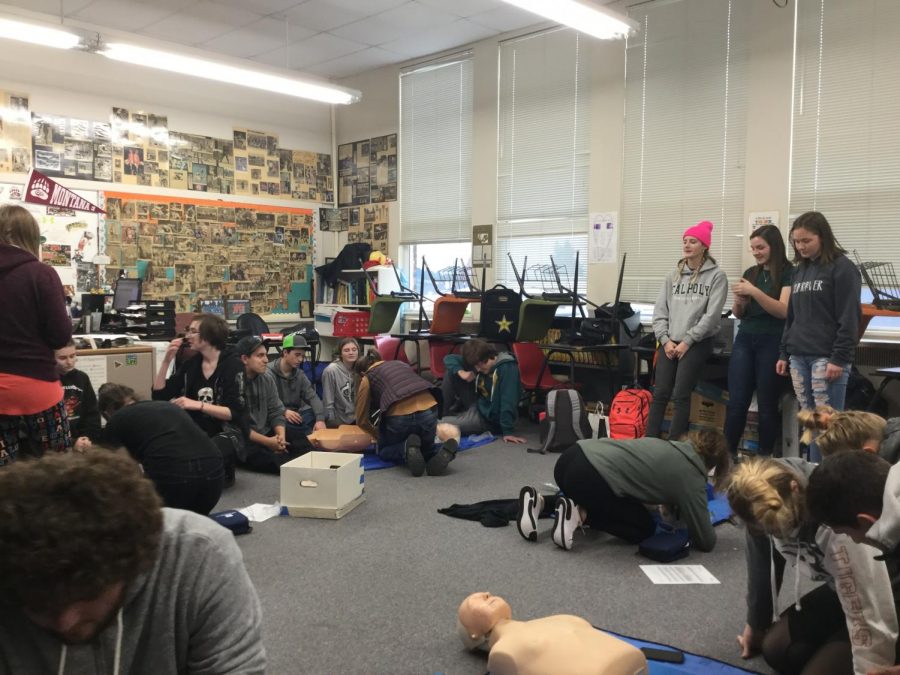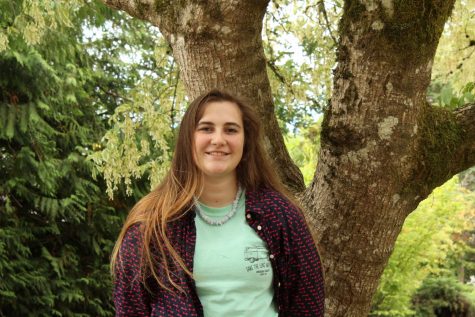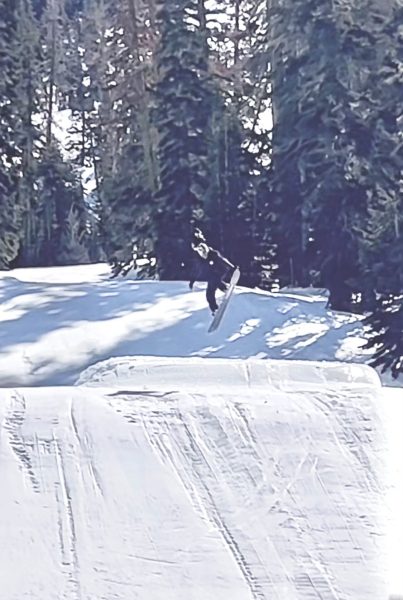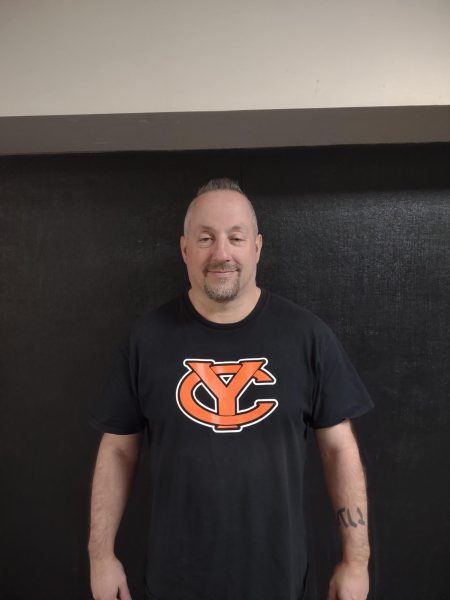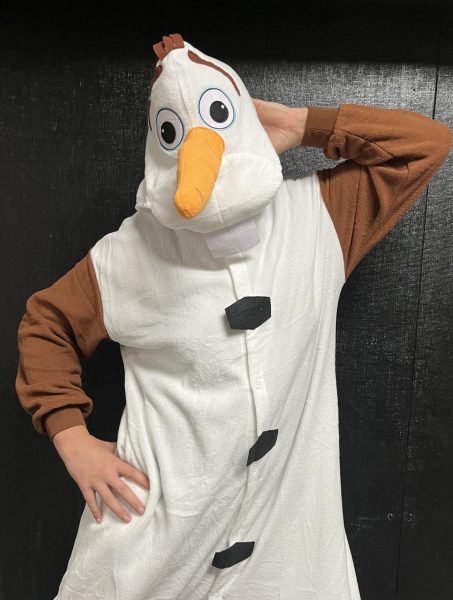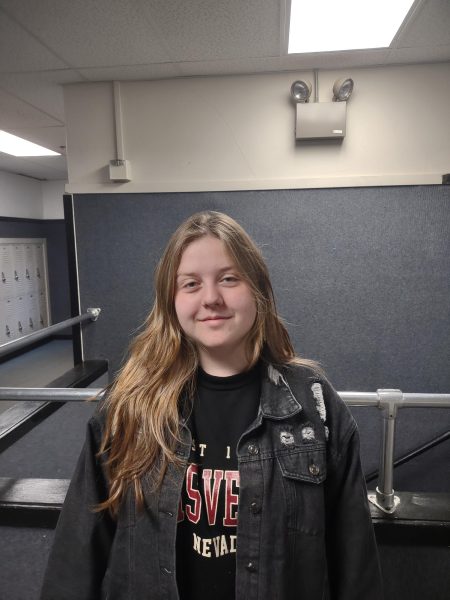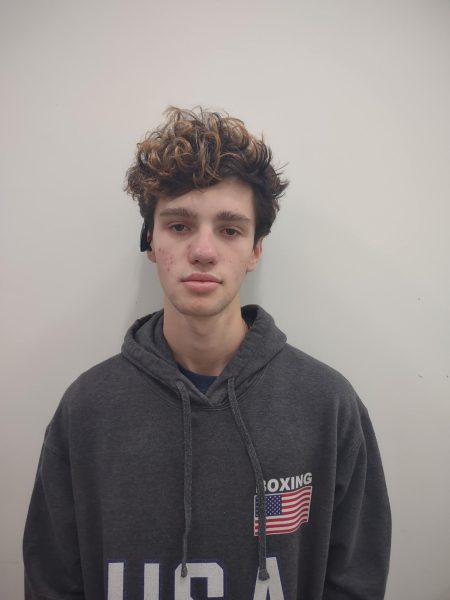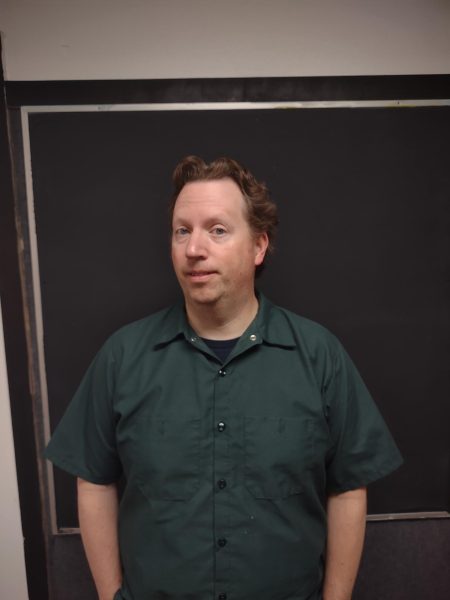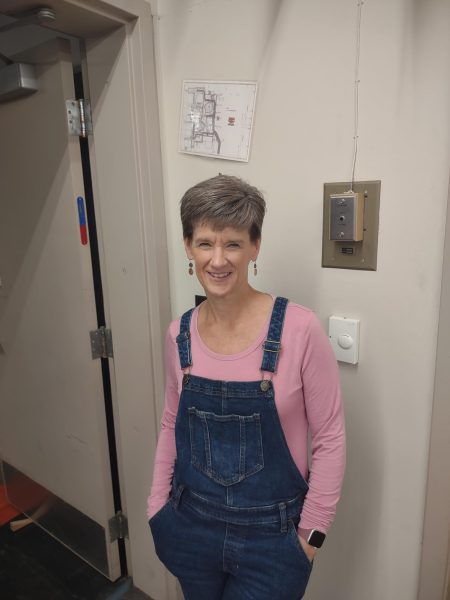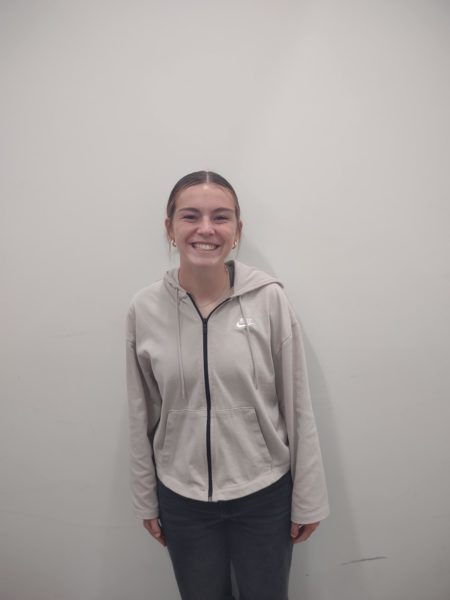Students Take Action While Learning CPR in Health 2
January 29, 2020
For twenty years, Yamhill Carlton High School has been teaching students how to do cardiopulmonary resuscitation or CPR. Students go through a process in order to learn how to do CPR in Health 2 with Health and Physical Education teacher Tracie Looney.
Looney said, “I’ve had students come to me, thanking me, because they had to give CPR, and because they found it helpful for job applications.”
This process of learning begins with watching a history video on how CPR was discovered and how it has developed over time. Students also read through the process on how to determine when someone needs CPR, how to perform CPR correctly, and the difference between giving CPR to an adult versus a child.
Students also learn about the Good Samaritan law, which provides legal protection to those who give reasonable assistance to those in need, and in good faith.
Before students start to practice performing CPR, they watch an example video that shows how to perform CPR and the procedure that it should be done. All of this information regarding CPR follows the American Heart Association Standards.
While students practice performing CPR, they follow a video that provides the right pace for chest compressions and walks through how to give effective breaths. Along with the breaths, students also learn how to use a mask correctly, in case they have one handy while performing CPR.
Soon students get to the point where they can perform CPR correctly and move on to learning how to use an automated external defibrillator (AED).
Students also learn how to use an AED by following the how-to video and using a machine specifically designed for practice, and learning purposes.
In order to pass the exam, and receive their CPR certification card, students have to perform CPR correctly, giving chest compressions at the right pace and giving good breaths. This also includes asking for help, telling someone call 911, and sending someone to get an AED As well as demonstrate their understanding of how to use an AED correctly.
Looney said, “It’s an important skill to have, and you know you have the tools and knowledge to respond.”

